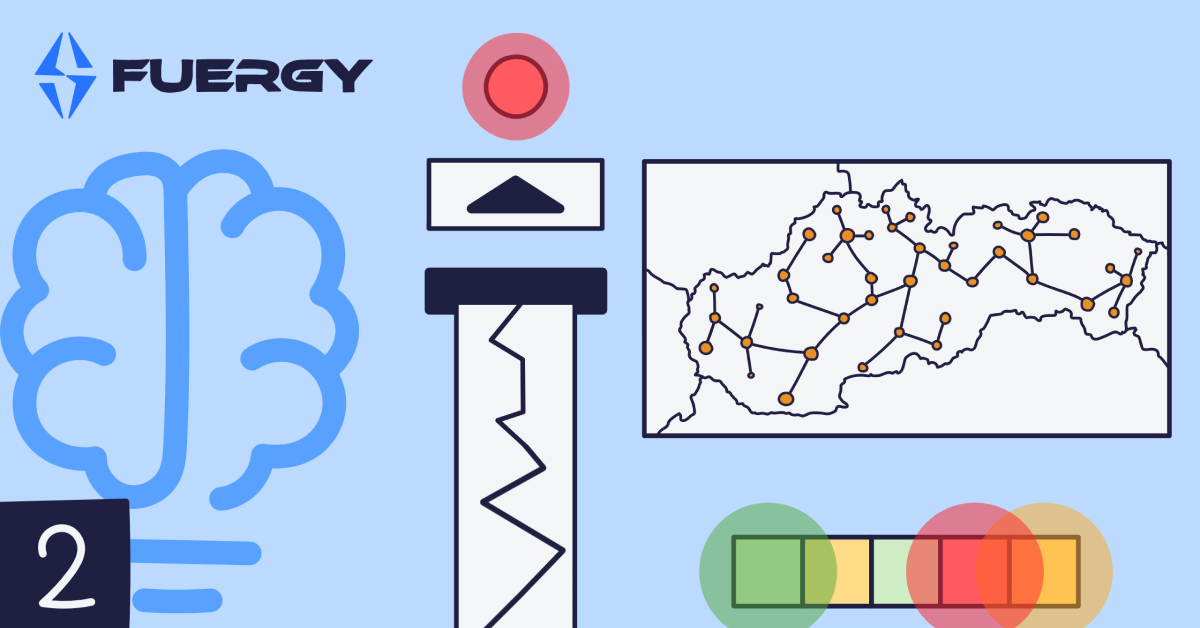
Reducing our carbon footprint is one way all of us can do our part in reducing greenhouse gas emissions and thus slowing down climate change and its destructive effects. This means taking more bike rides, using public transportation, rolling down the window instead of blasting the AC and other everyday choices we can make. A big portion of each individual’s carbon footprint comes from our electric energy consumption, in particular, from where this energy is sourced.
Switching to renewable energy
In the US, an estimated 62.7% of all electric energy demands are met by fossil fuels. In the EU, the number is a bit smaller at under half (42%). The burning of oil, natural gas, and coal releases greenhouse gases, accelerating the warming of our planet and reducing the protective properties of our atmosphere, among other consequences.
Switching to a renewable source of energy significantly reduces an individual’s carbon footprint. That being said, we haven’t yet invented a form of renewable energy generation that has no carbon footprint. Building wind turbines requires a lot of logistics, gas-guzzling machinery moving around and other sources of carbon emissions before the generator can even start working. And after that, you have maintenance: an engineer that drives to the location to check on a turbine regularly, huge replacements need to be shipped if a part malfunctions and so on.
Still, in the long run, wind turbines generate much less carbon emissions than say a coal-burning plant while producing the same amount of energy.
Efficiency of photovoltaic installations
In this regard, solar PVs are even more effective at slashing carbon footprints. The installation of solar is relatively cheap and easy. In 2004, a report by the U.S. Department of Energy stated that in a state like California, it would take about 3.5 years for a standard solar panel unit to “payback” its carbon emissions from its original production. Under that statistic, a solar panel lasting 25–30 years (average device life for modern solar PVs) would only spend 10–15% of its lifespan repaying the original production outputs.
Of course, not everyone lives in the sun-kissed valley of California, but in almost every region across the world, solar PVs produce enough energy to pay back on their initial carbon footprints before their device life ends. The time it takes them to make this repayment is constantly lowering as solar technology improves.
How to effectively reduce your carbon footprint?
However, as mentioned in our previous article on the duck curve, solar alone won’t save our planet. What we need is an entire network of renewable energy generators that can support each other. This means that whenever one node in the system can’t generate enough power and would otherwise switch to a fossil fuelled backup, another source of green energy can readily step in to keep the flow of electricity going.
Only this way we can really say that adopting renewables is effectively reducing our carbon footprint. This is one of the reasons why we’ve created FUERGY–to put a full stop to our reliance on fossil fuels and slash our carbon footprints by an unprecedented amount.
Take the big step
Zero emission energy generation is still a concept of tomorrow, but each of us can already take several steps today to significantly reduce our carbon footprint. You could shop for clothes only in second-hand stores, buy a hybrid car or stop traveling by airplanes.
Or you could make the really big move that will cost you no comfort by powering your home with renewables and supporting the establishment of a worldwide, decentralized network of green energy producers–the FUERGY Ecosystem.
Sign up to see what we’ve been working on in FUERGY by subscribing to our newsletter, joining our Telegram or following us on Twitter.
We are living in the future of energy. Are you?





